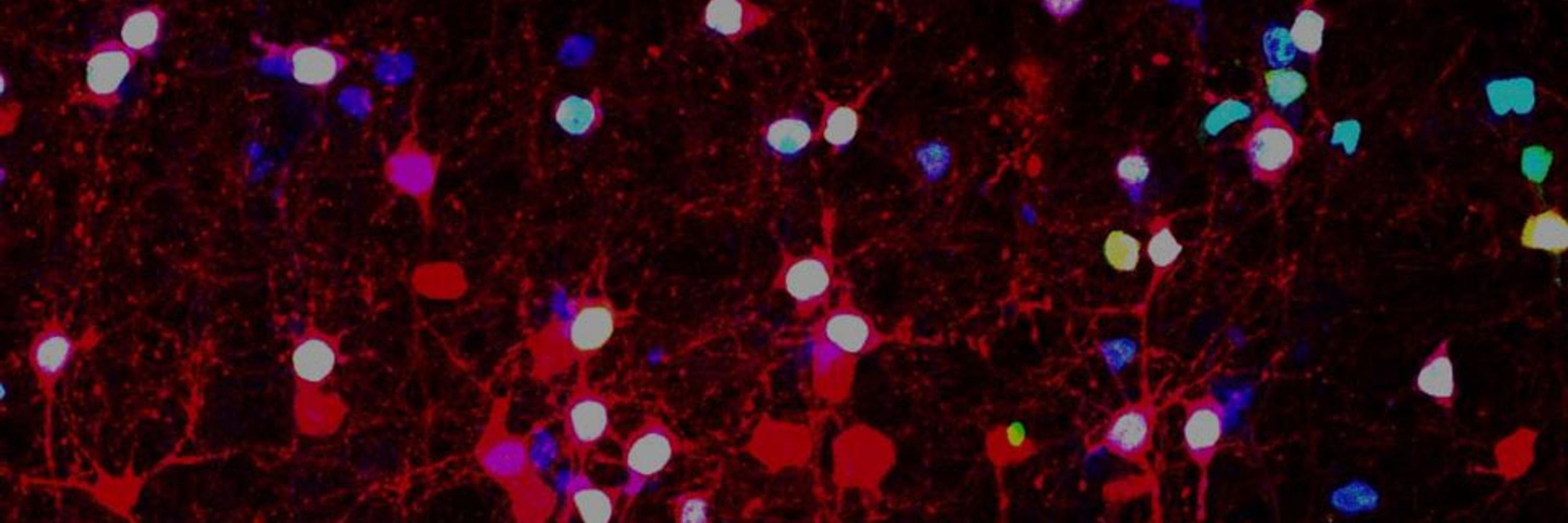


I would like to express my sincere thanks to Drs. Ken Murata (Univ. of Tokyo), Tomomi Karigo (Johns Hopkins), and Hiroko Sokumura (Nagoya Univ.) for their kind comments on the manuscript of this paper. (10/N
I would like to express my sincere thanks to Drs. Ken Murata (Univ. of Tokyo), Tomomi Karigo (Johns Hopkins), and Hiroko Sokumura (Nagoya Univ.) for their kind comments on the manuscript of this paper. (10/N






